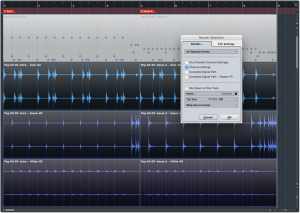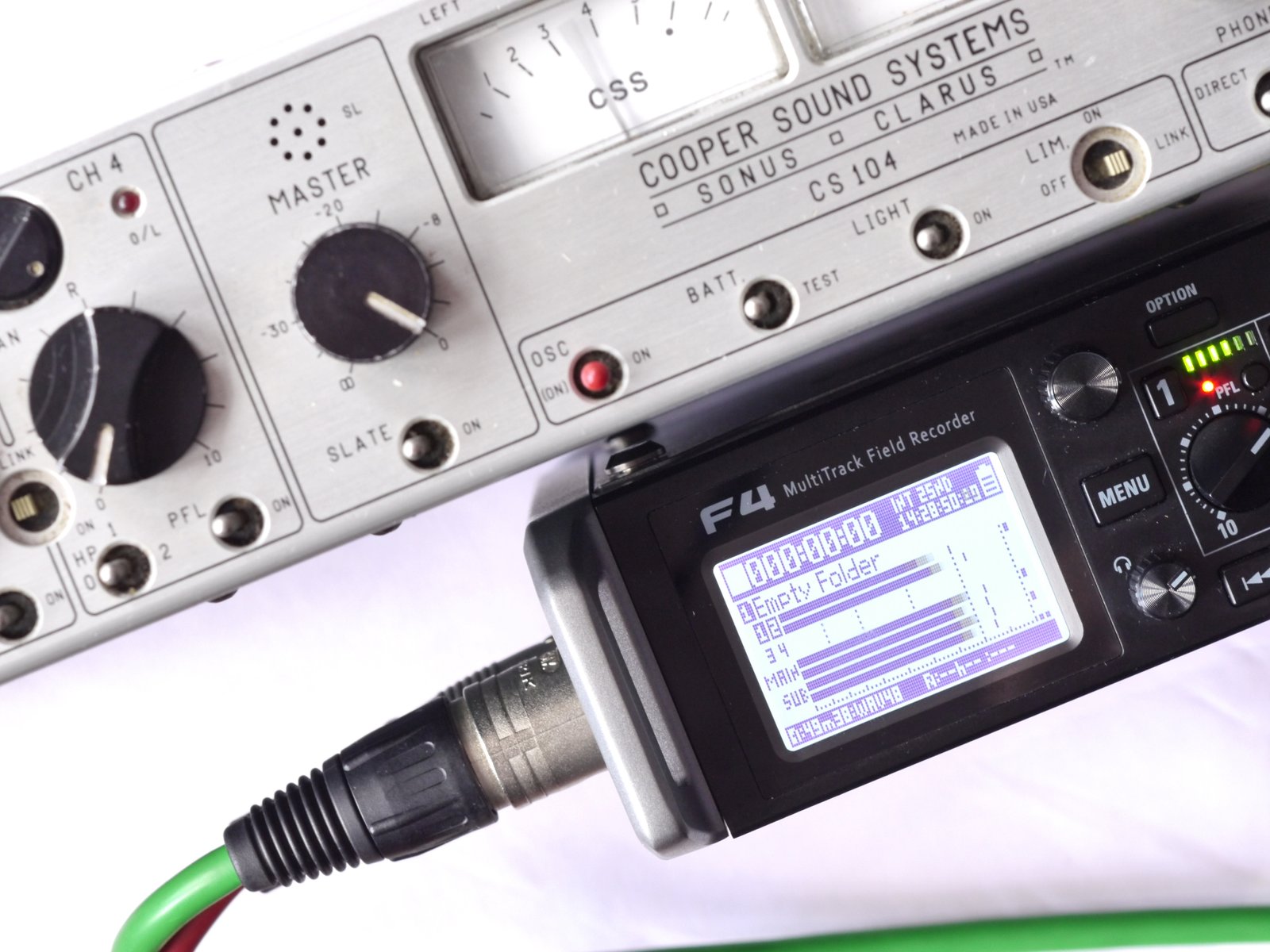
High on the list of pro features is the addition of VCAs to Cubase mixing. For perspective consider when hardware VCAs arrived on good old analogue desks you were talking mortgage money. And it wasn’t all plain sailing. My colleagues told a story of a live opera broadcast from an OB in Glasgow. With our A Type vehicle boasting a desk proudly furnished with VCA groups. Cutting edge at the time. All was going well till half way through the gig when the control volts fell off the VCAs turning everything up to a Spinal Tap style 11. Never has Wagner’s Ring been more painful.
Look how far we have advanced – now in 2015 with the latest release of Steinberg’s Cubase Pro 8 you get VCAs for a few hundred notes. In fact my review set up which paired a Prism Sound Lyra 1 to Pro 8 is less than fifteen hundred quid all in, now that the Lyra has been reduced to under a grand, and what’s more Cubase Pr 8 has no control volts to worry about.
So why the excitement about VCAs? Don’t we already have that functionality in the form of groups and the linking feature? And the answer to that is yes and no and well maybe. A VCA (the acronym standing for voltage controlled amplifier reflecting the idea’s origin in proper mixing desks) does not sum together a number of inputs to make a new ouput. So you cannot insert a processor into a VCA group output, there isn’t one. In that sense VCAs are examples of linking. If you want summing to apply uniform processing, then a group works better.
But if you have a range of post fade sends to effects processors for instance then a VCA group is a better bet. The sound you are working towards is a mix of ‘dry’ audio, direct from the track, and the ‘wet’ contribution coming back from the processing. Now assuming your fx sends are post fade (and mostly they are) then if you were using a group and you nudge the group fader down the level of your dry drum sound will decrease but the amount sent to reverb from a given track will remain the same. Because the change in level has taken place at the group stage while the individual track fader is in the same place, sending the same amount of snare to the reverb. What to do?
Use a VCA. Now because the VCA doesn’t sum the track outputs rather it changes gain by ‘moving’ the faders of the members of that VCA group up and down. So when you push back the level of your VCA group, the individual track faders move down and therefore the post faders sends to your effects chains will be proportionally reduced.
I’m sorry to have laboured the point and I’m sure many audio grandmothers are throwing their eggs out of the basket by now. While others are thinking, ‘Ah but I can achieve that effect by dedicating drum processing and sending it to the same group or by using channel link. Welcome to the world cat skinning (don’t try that at home!), but a VCA is quicker and remember of course competition is the name of the game and VCA implementations are available in other high end software and so it is only fitting that Cubase joins the party. Nuendo will get VCAs (and possibly a more powerful implementation) when version 7 arrives later this year.

And Cubase Pro 8 being super flexible it allows you to ‘VCA’ more than just gain. Pan, eq, dynamics, sends, inserts, routing and even automation can all be included in the VCA group. So you have automation on your snare and toms and kick tracks but you also want to apply automation to the drum mix as a whole – the VCA lets you do that. And suppose you have a drum VCA and a ‘glock and marimba’ VCA you can then nest them inside a ‘master’ percussion VCA. So flexible, but enough VCA already.
Quickly backing up this thing up. As someone said about Cubase 7.x – ‘the only thing missing is render in place.’ Well the Steinberg feature fairy was listening and Pro 8 has a render in place function. You can render tracks, or events, midi parts or range selections. There are options for how much of the signal path (processing) you want to include. Rendering some mono keys into stereo was straightforward and on completion you have the option of a nice shiny new stereo track. However there’s no render to mono – but there are workarounds, of course.
One of my favourite new features is “wave meters” in the mixer. This turns you meter bridge (which normally hides in the ‘Set Up Window Layout’ button top left of your screen) into a set of live scrolling audio meters. Only for audio tracks though. It looks fantastic and maybe having ‘lookahead’ built into the mixer will be a boon for those mixing against the clock who don’t have the screen space for the project screen as well as the mixer. Actually having audio wave forms directly above the mixer channel is not just cute but more importantly will impress the client no end. Sometimes that is the definition of ‘Pro’.
Alongside these new features there are two other areas Steinberg have been working on, the first is the most visible. New instruments and effects and the chord pad feature, the second the stuff that is more mundane or hidden from view. Window management and the audio engine performance.
And to asses the import of these I spoke to Mal Pope and Andrew Griffiths, the musical powerhouses behind – ‘Jack to a King’, the story of Swansea City football club, which is currently tearing up the DVD charts. Football fans are across it I’m sure. Both Andrew and Mal are long time Cubase users, with track records dating back to the Atari days.
For Andrew it is definitely the lower key stuff that gets the plaudits, he’s using a three monitor set up with a touch screen to mix on and the window management in version 8 is something that makes his day to day workflow that bit easier and quicker. And similarly VCAs speed up the daily business of mixing drums. Mal and I focussed on the new audio engine, discussing the importance of squeezing every bit of power and speed out of your setup. Two votes for Pro 8.
Funnily enough the new instruments and effects might here be less attractive simply because most long term or Pro users already have racks and racks of plugins and banks of instruments to call on. The new chord pad feature however did remind me of a great story. Andy Partridge of XTC fame once recounted that his search for chords on the piano was very labour intensive – not being a reader of music, inorder to remember a chord shape he liked, he would draw round his hand on a piece of cardboard and cut out the chord shape. Andy with Cubase Pro 8 your cardboard cutting days are over. Because even if you don’t have a degree in composition then the new chord pads will hold you hand, cardboard or otherwise, making musical life that little bit easier. And of course if you are starting from scratch the new instruments and effects are nice to have.

So does Cubase justify the Pro tag or is Mr. Washington going to come round with his shotgun and rocket launcher? I think Steinberg can sleep easy in their beds. New pro features like VCAs are welcome and the honing of the underlying audio engine and the tweaks to the workflow are keeping the professional user base more than happy. Match Pro 8 with some top class hardware like the Lyra and you have a high grade audio system capable of really professional results. Denzel says yes to Cubase Pro 8 and he afterall is a true pro.
